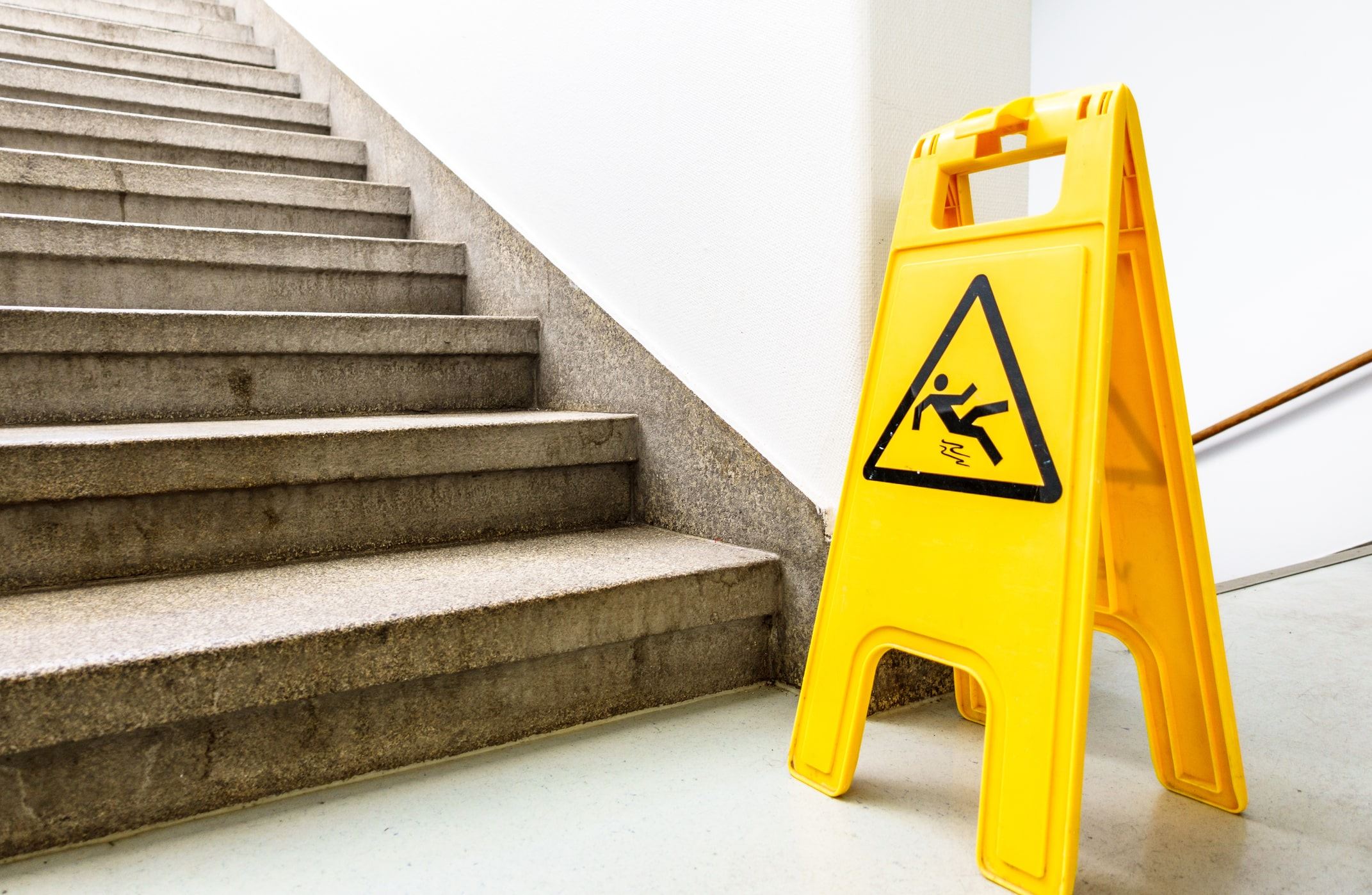
Brooklyn is well known for its densely packed neighborhoods that are always bustling with activity. Since the borough is a hub-center of activity at all times of the year, slip and fall accidents are relatively common. This issue is especially pronounced during winter, as black ice patches become a nightmare for all pedestrians. If you or a loved one was injured in a slip-and-fall accident, which occurred due to someone else’s fault or negligence, consult a Brooklyn slip and fall lawyer to help you navigate the restitution process. Injury laws are locally tied, so you need representation that understands the nuances of regional regulations.
If you have been injured on private or public property, premises liability is a legal term you need to understand. It refers to the responsibility of a property owner under the law for accidents, injuries, or damage on their premises. Property owners have a legal duty to maintain safe conditions on their property and take reasonable steps to prevent harm to visitors.
This article will unpack premises liability and explore the various responsibilities of property owners. It aims to provide valuable information for those seeking compensation after experiencing an injury or accident on another’s property.
What is Premises Liability?
Premises liability is a branch of personal injury law that deals with accidents or injuries someone suffers while on another person’s property. In most cases, it involves slip-and-fall accidents in public places like shopping malls or private properties such as churches, offices, homes, etc.
Property owners are responsible for maintaining safe conditions within their premises’ boundaries so people who legally enter don’t get hurt. The main idea behind premises liability is based on common law precedents and reasoning since ancient times.
The first step to understanding if you have a valid case against your landlord or homeowner association (HOA) due to negligence claims under premises liability is knowing how this area of law works.
Types of Accidents Covered Under Premises Liability
There are several types of accidents covered under premises liability, including:
- Slip-and-fall incidents
- Dog bites
- Accidents caused by poorly maintained facilities/structures
- Swimming pool accidents
- Exposure to hazardous materials like lead paint
- Inadequate security leading to assault/battery
- Elevator/Lift malfunction resulting in injury/death
Each type has unique requirements regarding proof showing negligence occurred while being at somebody else’s place at the wrong time when things went wrong unexpectedly out of the blue, quite literally.
Duty Owed by Property Owners
Property owners owe those entering their property a general duty to protect them from harm. This means taking reasonable care so people are not endangered or suffer physical harm while using the premises. Property owners should conduct regular inspections and perform necessary repairs and warning signs (if any) on hazards that might cause injuries.
They should ensure paths and common areas free of debris, snow/ice free (when applicable), and proper lighting in stairwells and hallways for safety purposes.
To establish liability, a plaintiff must prove that the property owner was negligent in some way. They must show that the defendant breached their duty of care by failing to take steps necessary to prevent harm.
For example, if someone slips and falls on a wet floor at a grocery store, they may be able to prove negligence by showing that the store failed to put up warning signs or neglected cleaning protocols when knowing it would expose people to significant additional risks.
What About Trespassers?
Property owners typically owe less of a duty of care towards trespassers who enter their property without permission legally. The only obligation is not recklessly injuring others because certain situations arise where morally keeping someone else’s safety becomes legal, especially for those fumbling into misadventure almost intentionally.
The “attractive nuisance” doctrine plays a standard where homeowners know children might venture onto their land – a swimming pool or trampoline left unattended. Thus, making sure access is difficult through locking gates/devices can relieve themselves from potential future incidents with youngsters coming onto their premises uninvited.
Defenses Available for Property Owners
There are several defenses available for property owners facing premises liability claims. These include:
- Assumption of risk: If a visitor knowingly takes on an inherent risk associated with participating in an activity (i.e., skiing down a steep hill), they cannot later sue if injured, as such activities hold danger sets upfront when people engage out their willingly.
- Contributory negligence: If a plaintiff is partially responsible for their injury due to their actions, the property owner may not be wholly liable.
- Comparative fault: In cases where both parties are shown to be at fault for an accident, damages are apportioned accordingly and split between them.
Conclusion
In conclusion, premises liability is an important area of law that holds property owners responsible for keeping visitors safe from harm while on their premises. Those injured or harmed due to unsafe conditions can seek compensation via legal channels.
Property owners also have various defenses available in situations involving premises liability claims. These include the assumption of risk defense, contributory negligence defense, and comparative threat defense, among others.
Leave a Reply